To dry brine, use ½ teaspoon of Kosher salt per pound of meat or ¼ teaspoon of table salt. To wet brine, combine 1 tablespoon of Kosher salt per cup of water. Use enough water to submerge the pork shoulder completely. A brine helps maintain the moisture in the meat throughout the cooking process. Brining makes pork shoulder unbelievably moist and spectacularly tender.
I learned how to brine meat in culinary school and it is an absolute game-changer! Once I started, I couldn’t go back – it took my dishes to the next level. Dry brining is my go-to method. It’s simple and incredibly effective.
In this post, I will cover the difference between wet and dry brining, drop some recipes, and show you how to brine. Let’s get started!
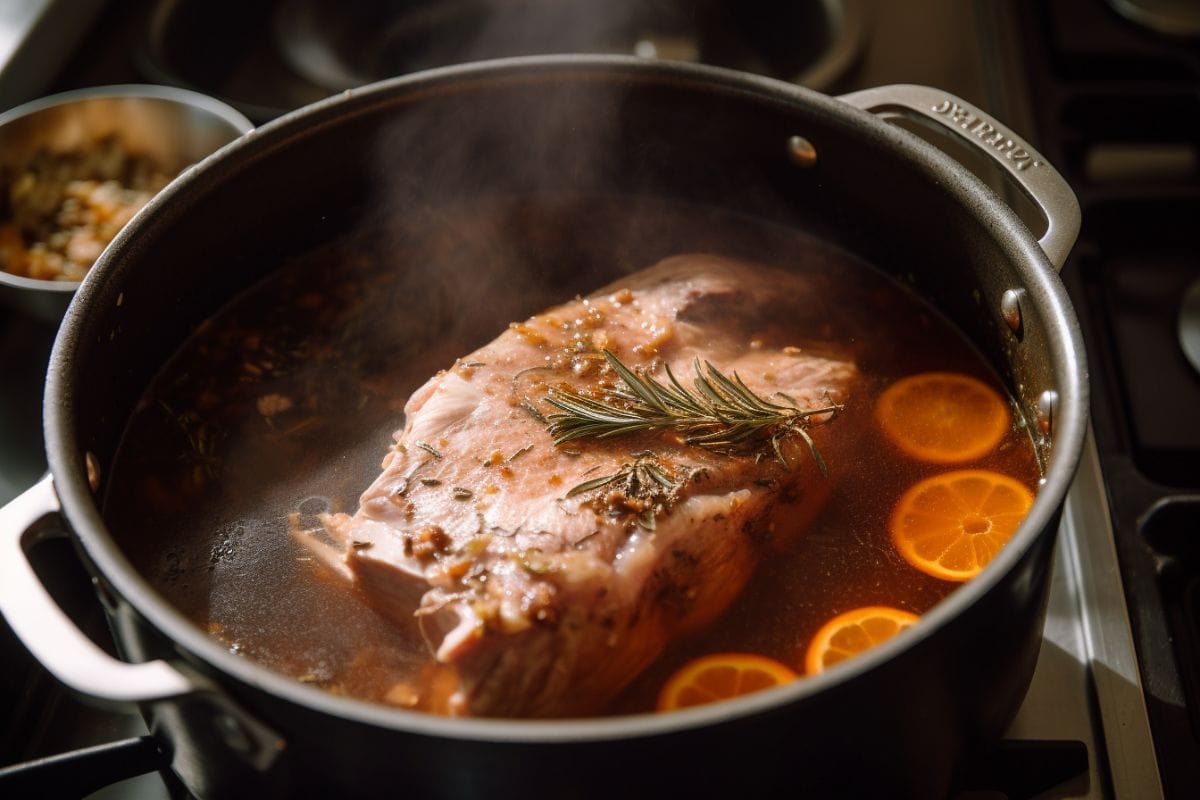
Brining is simply adding salt to meat and allowing time for the salt to penetrate the meat. The brining process tenderizes the meat and ensures that the resulting dish is juicy and moist.
Brining has been around forever – back in the day, before refrigerators, people used to rely on this process for preserving meat. Now, it serves a different purpose: it makes the meat more moist and tender.
A wet brine is usually made up of water and salt, although other aromatic ingredients can be added to it. The saltwater solution loosens the protein structure of the meat, allowing for additional liquid to be trapped in the meat. This liquid is also retained while the meat is being heated and cooked. The result: juicy, delicious meat!
When most people think of brining, they are probably thinking of a wet brine. However, you can also use a dry brine for your pork. Dry brining is easier, less messy, and just as effective.
To dry brine, all you’ll need is salt. Rub ½ teaspoon of Kosher salt per pound onto the meat. If you’re using table salt, use ¼ teaspoon per pound. The salt improves the meat’s ability to retain water, making it juicer. It also adds flavor to the meat.
Now, which one is better?
I like to dry brine. I find that a dry brine is easier to work with and is less hassle.
Other pit bosses like to wet brine. It is a tried and true method. It works great. But it’s more work and messier. Plan ahead: you’ll need enough space in your fridge to fit the container of water that holds your meat.
Yes, you should definitely brine the meat beforehand. I brine all my meats!
Brining is particularly helpful when smoking pork shoulder for making pulled pork. The long smoking times increase the risk of dried-out meat. When you brine pork shoulder, you reduce the risk of dry pork. I’m all about taking advantage of adding moisture to my cook. Brining achieves this.
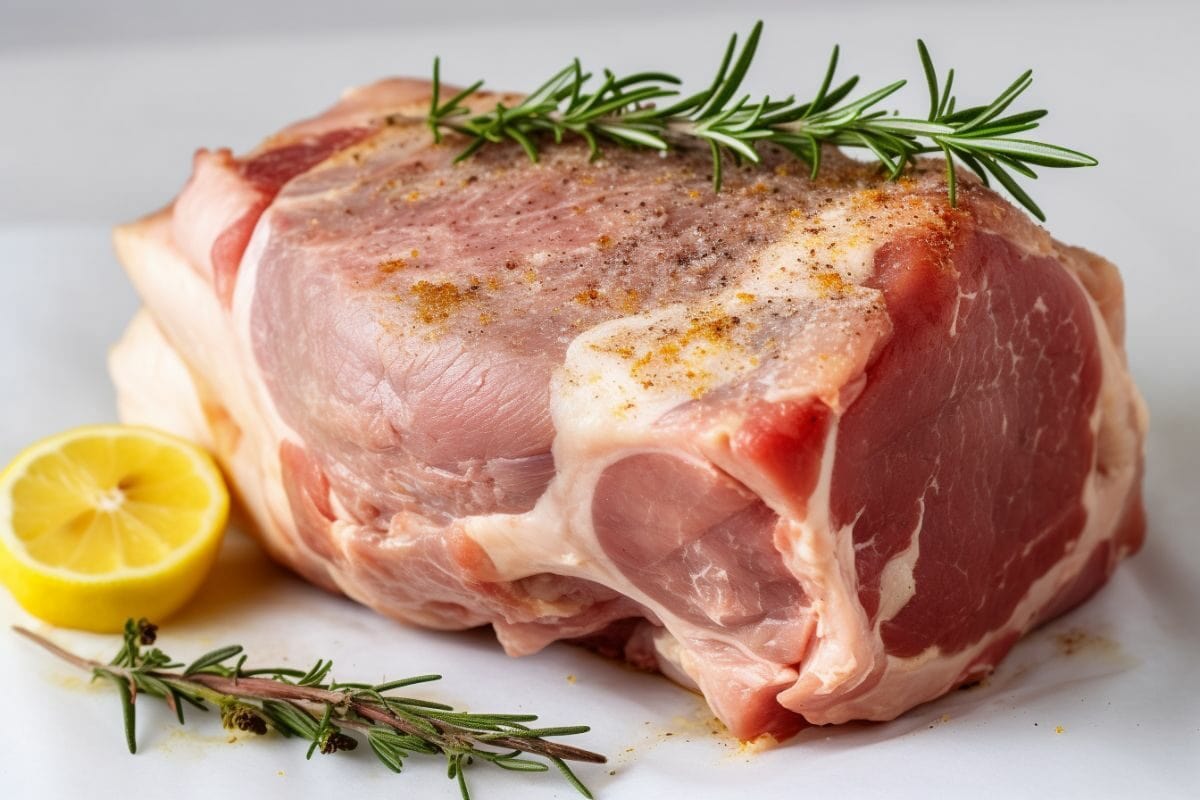
I don’t inject my pork shoulders, but lots of pit bosses do.
If you have been researching marinating techniques, then you have probably heard about injecting. This is where you use a meat injector to deliver a brine solution or other flavorful liquid directly into the meat.
Some people prefer a solution of apple cider vinegar, while others prefer a more traditional salt and water solution. Others like to add melted butter, mixed with herbs and spices.
The main advantage of injecting is that it works much more quickly. You can inject the solution before the pork goes on the smoker, or even after. With brining, the pork should sit for hours (at least 12, up to 24) before cooking.
Which method is better? Well, this is really all down to preference.
Again, I like to dry brine. Others like to inject. Play around with both, or do both to the same piece of meat and see what works for you.
Related Reading
Wet brine a pork shoulder overnight. 12-24 hours is ideal. Again, I think a dry brine is easier and as effective for pork shoulder.
To wet brine, you’ll need to boil the appropriate amount of water. Use enough so the pork shoulder will be completely submerged in water. Add 1 tablespoon of Kosher salt per cup of water to the boiling water. Allow the water to cool, then pour it into your brining container. Put the pork in there, then cover the container and stick it in the refrigerator.
It takes a fair amount of work, space, and time to wet brine. Again, that’s why I dry brine.
Technically, there is no minimum amount of time for brining pork shoulder. The less amount of time that you leave the meat in the brine, though, the less moisture and flavor added.
It’s best to plan ahead and let the pork sit in an overnight brine or for between 12 and 24 hours.
24 hours is the longest I would let pork shoulder brine. Remember, it is possible to over-brine pork shoulder. The salt will start to break down the muscle, and you risk mushy meat. No thanks! Track those brine times, gang.
If you are working with a smaller chunk of meat, you will need to adjust the time accordingly. Steaks and chops only need to wet brine for 30 minutes. Chicken and turkey pieces should brine for 30 minutes to 2 hours. Wet brining softens poultry skin. Again, dry brining is a better solution (no pun intended)!
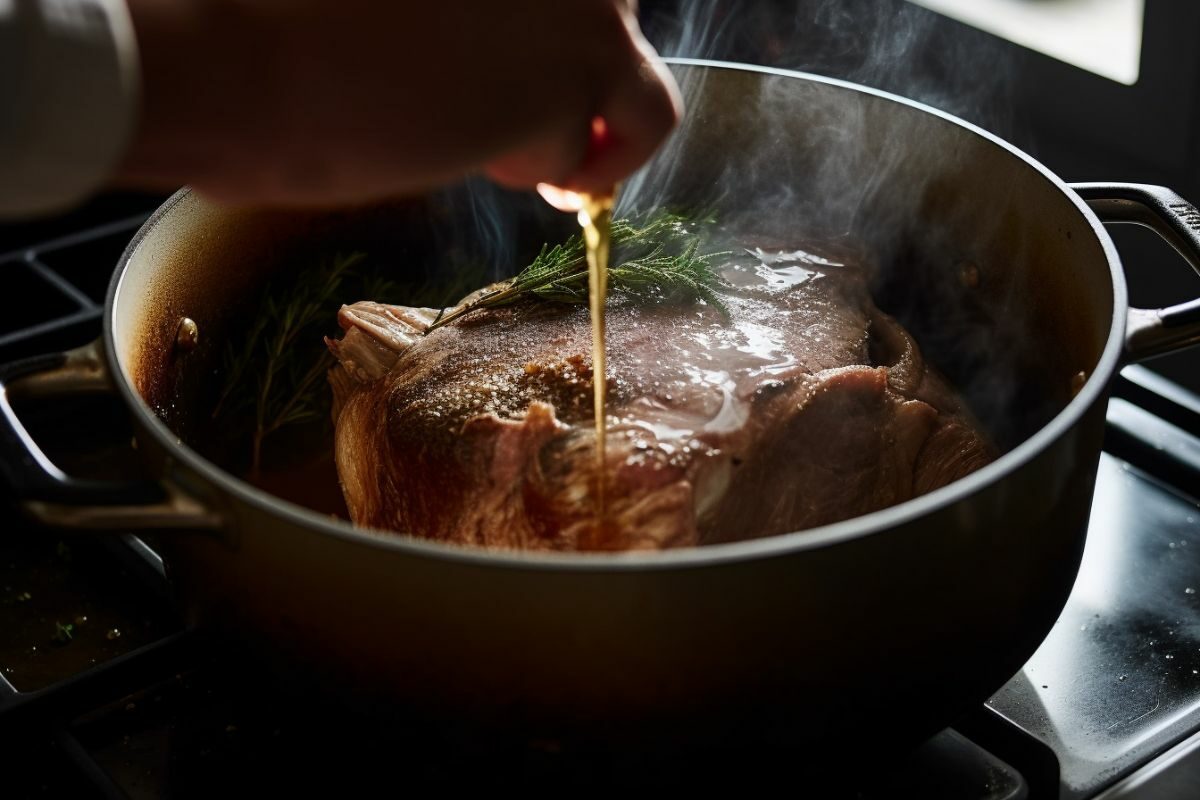
12 to 24 hours is an ideal dry brine time for pork shoulder. Don’t let it go any longer, or the salt will start to break down the muscle, giving you meat that’s soft and mushy. Put the pork shoulder in the refrigerator, uncovered, while it dry brines.
Like wet brining, even a few hours will help the meat. If you’re crunched for time, get the salt on the meat as quickly as possible, and let it sit as long as you can. It will help.
Here is what you will need for pork shoulder brine:
I always brine with Kosher salt, and I suggest that you do the same as well. It’s less salty than table salt by volume because Kosher salt is flakey – table salt is granulated. You’ll have more margin for error with Kosher salt.
If you don’t have Kosher salt, you can substitute table salt instead for the pork shoulder brine. Cut the salt measurements in half.
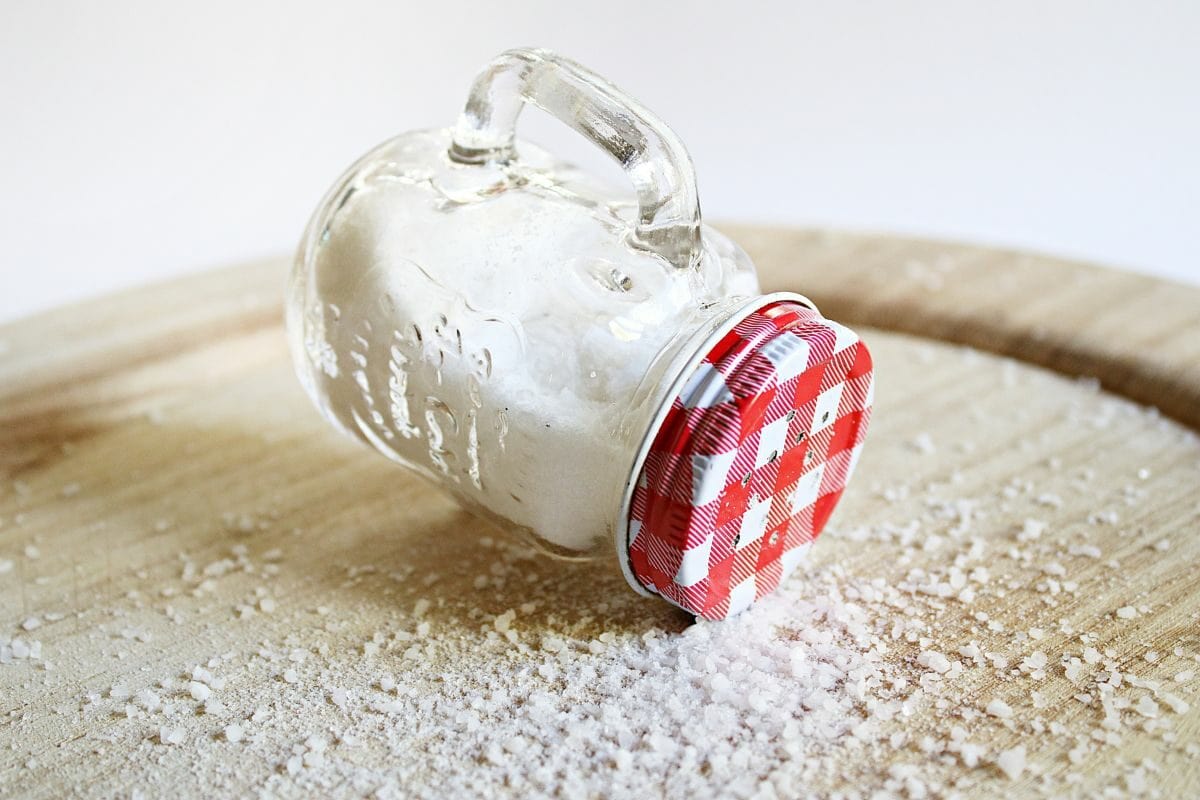
The traditional wet brine recipe calls for just water. However, these days, you will find people adding various liquids to boost flavor. This includes apple cider, apple cider vinegar, apple juice, broth, and even beer.
It is up to you to decide which route you want to take.
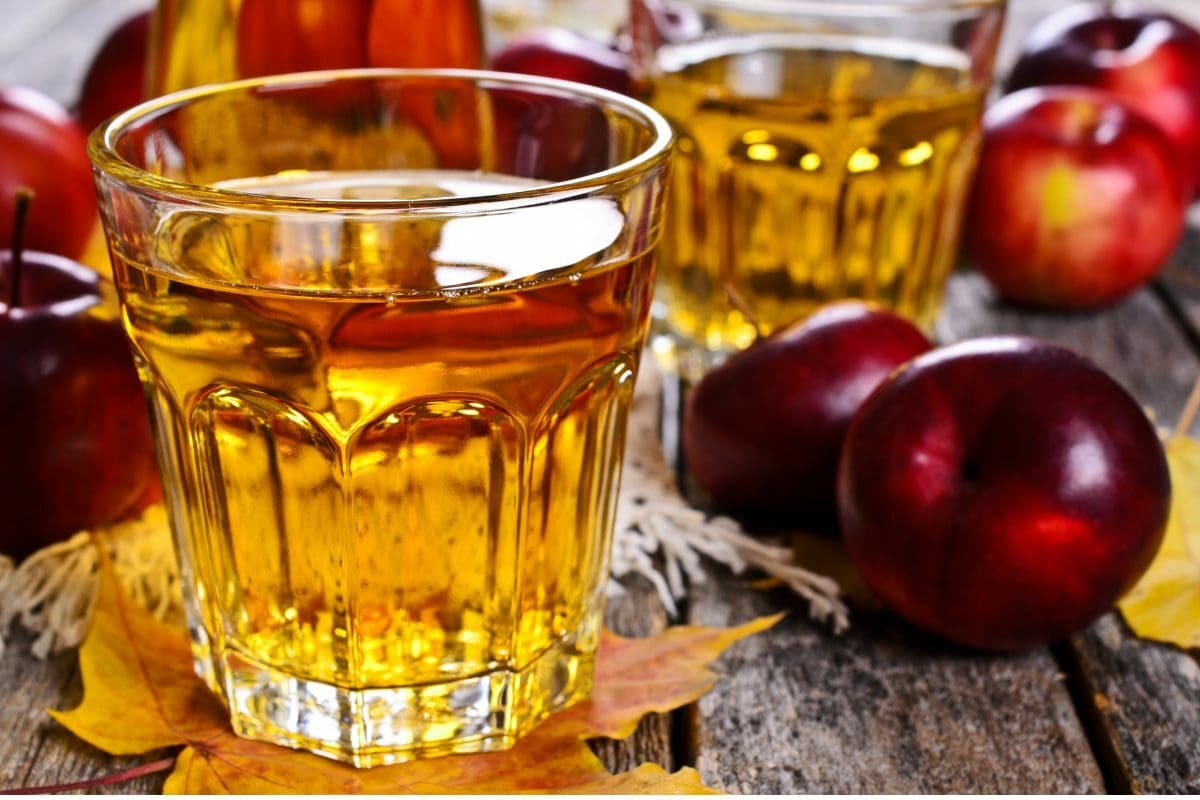
Play around with aromatics. Common additions are peppercorns, rosemary, minced garlic, and bay leaves. You can feel free to omit or substitute depending on your desired flavor profile.

For the wet brine, the pork needs to be covered. I prefer to use a large zip-lock bag (just make sure the pork fits first), but you can use a large Tupperware container with an airtight lid.
The dry brine can be left uncovered.
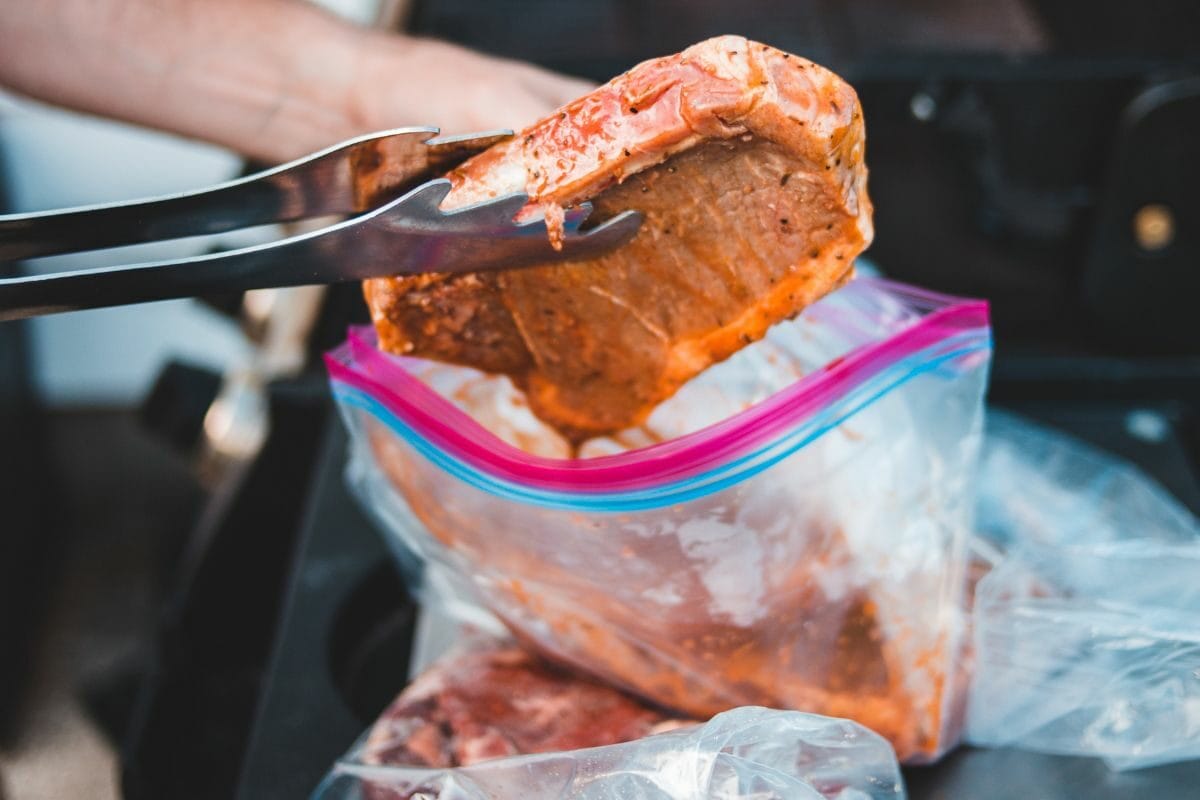
Here are different recipes you can use to brine pork:
For 6 to 8lbs of pork shoulder. Adjust water and salt amounts based on your brining container. The aromatics measurements can stay the same.
Bring the water to a boil and add the salt. Once all the crystals are dissolved, remove from heat.
Add the other ingredients and stir until the spices have dissolved. Allow to cool completely.
Once the liquid has cooled, place the pork shoulder in a Tupperware container or in a ziplock bag. If using Tupperware, your liquid volumes may vary. Use the 1 tablespoon salt to 1 cup of water ratio. Pour the brine in until the meat is completely covered. Close the container or bag tightly.
Refrigerate for 8 to 24 hours. Remove the meat from the brine. Cook as desired.
This solution can be used for a cider brined pulled pork recipe as well. This is suitable for 6 to 8 lbs of pork. Again, check your container size and adjust the liquid and salt measurements accordingly.
Boil the liquids in a large pot. Add the salt. Stir continuously until the crystals are completely dissolved. Remove from heat.
Add the rest of the ingredients. If using powders, stir until they are dissolved.
Place the pork shoulder in a bag or container and then cover with the brine. Close the bag or container. Refrigerate for 8 to 24 hours.
Use paper towels to pat the pork shoulder completely dry. Move the meat to a platter or disposable aluminum foil pan.
Pat the salt onto the pork shoulder, making sure that the exterior is completely covered in a layer of seasoning. Place in the refrigerator, uncovered, for 12 to 24 hours.
Here are some tips and tricks that can help you get it just right:
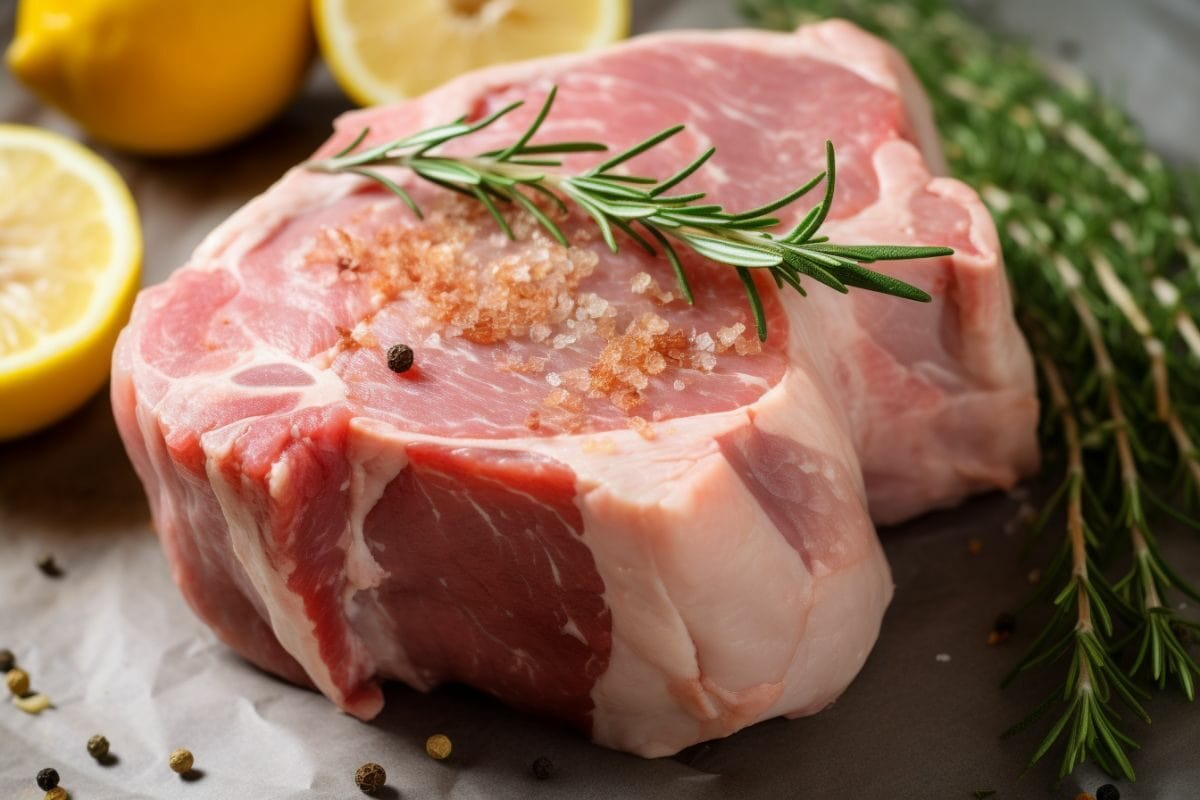
Good BBQ comes from good meat. Select the right cut of picnic shoulder. Look for a pinkish-red color. There should be rich marbling in the meat. Avoid any cut that is pale, or that has dark spots on the fat. Check the packed date – fresh is best. If you can’t find a fresh pork shoulder, ask the butcher if they have any fresh cuts in the back.
Let the wet brine cool completely before you place the meat into it. Remember that warm and lukewarm temperatures, between 40°F and 140°F are perfect temps for bacteria to thrive in.
It is best to be safe. Wait for the brine to cool completely before adding the pork.
You can use ice to cool down the brine quickly. Once the salt and powders have been dissolved, add about 4 cups of ice to get the temperature down. If you do decide to use this method, though, use 2 fewer cups of water in the initial brining process. Otherwise, you run the risk of diluting the brine too much.
Once the pork is in its brining container, make sure it’s fully submerged in the brine.
One of the reasons that people opt for a dry brine is because it creates a crisp bark during the smoking process. When you leave the meat in the fridge without a cover, the surrounding air pulls moisture from the skin. This allows the skin to crisp up when being cooked.
Just make sure that you don’t keep any highly scented food in the fridge at the same time. The pork shoulder may end up absorbing the flavor.
I also want to discuss the difference between a pork shoulder and a pork butt. Far too many people get these cuts confused. This is a mistake. They are not the same cut of meat.
Pork butt – also known as Boston butt – and pork shoulder are both from the shoulder area of the pig. Not the “butt.” (That would be ham.) However, the pork butt is taken from higher up on the foreleg. It has a slightly higher level of fat than a pork shoulder. They are different cuts, but they cook very similarly. Both make delicious pulled pork.
Related Reading
This is all that you need to know about pork shoulder brine! Now that you have all the details, whipping up your brine shouldn’t be a problem at all. Wet brines are effective, but they’re more work than dry brines. They also tend to take up more space in your refrigerator. That’s why I prefer to dry brine. Try both methods and see which you prefer!
Brining is a hack to juicier, more tender meat. The salt locks in moisture and adds flavor. More moisture and more flavor equal better pulled pork. So go ahead, and give your pork shoulder or pork butt the brine treatment. You’ll be happy you did!